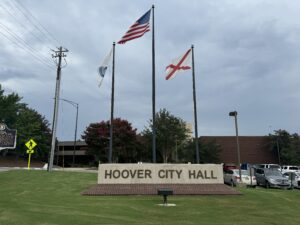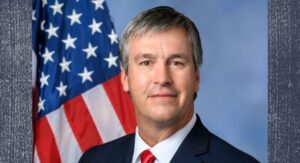US health chief says opioid overdose deaths beginning to level off
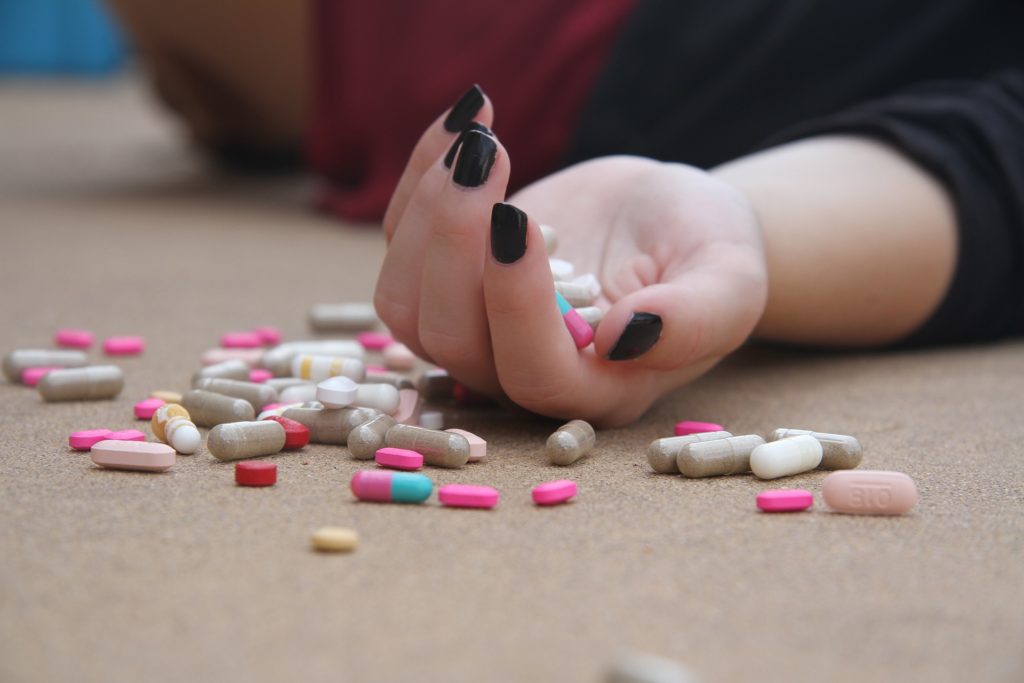
The number of U.S. drug overdose deaths has begun to level off after years of relentless increases driven by the opioid epidemic, health secretary Alex Azar said Tuesday, cautioning it’s too soon to declare victory. “We are so far from the end of the epidemic, but we are perhaps, at the end of the beginning,” Azar said at a health care event sponsored by the Milken Institute think tank. Confronting the opioid epidemic has been the rare issue uniting Republicans and Democrats in a politically divided nation. A bill providing major funding for treatment was passed under former President Barack Obama. More money followed earlier this year under President Donald Trump. And tomorrow Trump is expected to sign bipartisan legislation passed this month that increases access to treatment, among other steps. More than 70,000 people died of drug overdoses last year, according to preliminary numbers released by the Centers for Disease Control and Prevention this summer— a 10 percent increase from 2016. Health and Human Services — the department Azar heads — is playing a central role in the government’s response. In his speech Azar suggested that multi-pronged efforts to bring the epidemic under control are paying off. He ticked off statistics showing an increase in treatment with medications such as buprenorphine and naltrexone. There’s solid evidence backing medication-assisted treatment, when used alongside counseling and ongoing support. He also noted much broader access to the overdose-reversing drug naloxone, and a documented decline in the number of people misusing prescription opioids as doctors take greater care in prescribing. Azar said that toward the end of last year and through the beginning of this year, the number of deaths “has begun to plateau.” Azar was not indicating that deaths are going down, but noting that they appear to be rising at a slower rate than previously seen. Earlier this month, the CDC released figures — also preliminary — that appear to show a slowdown in overdose deaths in late 2017 and the first three months of this year. From December to March, those figures show that the pace of the increase over the previous 12 months has slowed from 10 percent to 3 percent, according to the preliminary CDC figures. Despite the slowdown, the nation is still in the midst of the deadliest drug overdose epidemic in its history. Opioids were involved in most of the deaths, killing nearly 48,000 people last year. While prescription opioid and heroin deaths appear to be leveling off, deaths involving fentanyl, cocaine and methamphetamines are on the rise. Fentanyl is a synthetic opioid much more powerful than heroin, used as an additive in street drugs. Advocates for people struggling with addiction said they don’t believe the crisis will be quickly or easily resolved. “Even if we are beginning to make a dent in opioid deaths, we still have a really significant problem in this country with addiction, and with the hopelessness and despair so many communities feel,” said Chuck Ingoglia, senior vice president at the National Council for Behavioral Health. In President Barack Obama’s last year in office, his administration secured a commitment to expand treatment and Congress provided $1 billion in grants to states. Trump declared the opioid epidemic a national emergency. Two major funding bills have passed under his watch. While Trump got headlines with his call for using the death penalty against major drug dealers, his administration has built on the treatment approach that Obama favored. The Medicaid expansion in Obama’s Affordable Care Act has also played a critical role, paying for low-income adults to go into treatment. A recent Associated Press analysis showed that states that expanded Medicaid are spending their new opioid grant money from Congress more judiciously, going beyond basics like treatment for people in crisis. Trump tried to repeal the Medicaid expansion, but failed. Advocates for treatment say that they’re pleased that more and more addiction is considered a disease and not a sign of moral weakness. But they say the U.S. has a long way to go build what they call an “infrastructure of care,” a system that incorporates prevention, treatment and recovery. In an interview with The Associated Press this summer, a CDC expert said the overdose death numbers appear to be shifting for the better, but it’s too soon to draw firm conclusions. Month-to-month data show a leveling off in the number of deaths, said Bob Anderson, a senior statistician with the National Center for Health Statistics. However, those numbers are considered preliminary, since death investigations have not been completed in all cases. “It appears at this point that we may have reached a peak and we may start to see a decline,” said Anderson. “This reminds me of what we saw with HIV in the ’90s.” Final numbers for 2018 won’t be available until the end of next year and things could also get worse, not better. Republished with permission from the Associated Press.
Lawmakers announce opioid overdose devices for high schools statewide
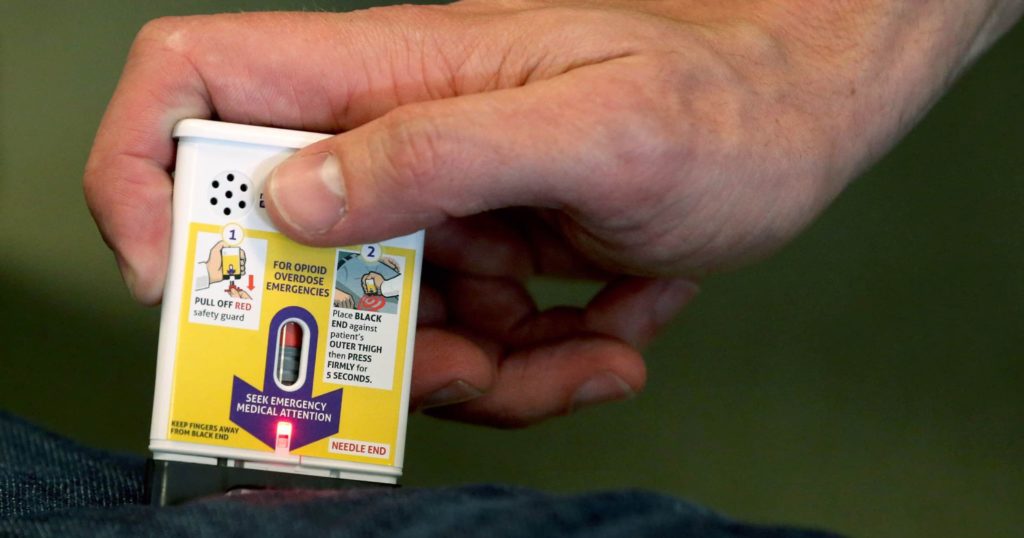
An auto-injection device that helps reverse an overdose from opioids, like heroin and prescription painkillers, is being offered for free to high schools across the state of Alabama. A group of Alabama state senators made the announcement during a press conference Thursday that the manufacturing company Kaleo Inc. is providing the devices that can help prevent someone from dying from an opioid overdose to public and private schools statewide. Each device normally costs $3,000. Schools interested in getting one will be trained by the Alabama Department of Public Health (ADPH) on how to use the device. In May, Kaleo Inc. donated of 872 boxes, which each hold two devices, to carry in state volunteer rescue vehicles. The device called Evzio auto-injects the life-saving drug naloxone and contains a voice recording that talks an untrained non-medical professional through administering it. On Thursday, Dial said the devices have already saved 15 lives in the state of Alabama. Alabama’s struggle with opioids Alabama is at Ground Zero in the opioid overdose crisis — last year the state had the highest national number of opioid prescriptions, more than the state’s total population, according to a report by insurance provider Blue Cross Blue Shield. “Opioid abuse continues to be one of the most critical issues our society faces — over 49,000 Americans died last year from opioid overdoses,” Dial said. “This affects every family in Alabama, and we need law enforcement agencies, schools, churches, and private companies to come together to rid this scourge from our state.”
Pharma Kaleo donates opioid overdose-reversing drugs to Alabama
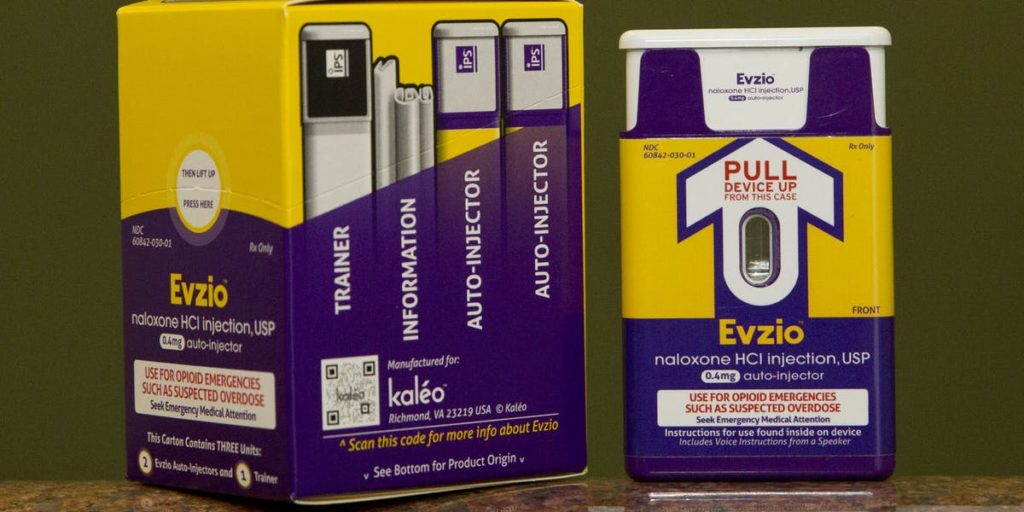
A major pharmaceutical company previously criticized for inflating prices donated 1,744 doses of an overdose-reversing drug to Alabama’s volunteer rescue squads to combat the opioid crisis, the company announced Wednesday. Kaleo Inc. donated of 872 boxes, which each hold two devices, to carry in state volunteer rescue vehicles, the company announced at a press conference at the Alabama Capitol. The device called Evzio auto-injects the life-saving drug naloxone and contains a voice recording that talks an untrained non-medical professional through administering it. “This is an unbelievable thing happening today, and it’s going to save many lives,” Republican state Sen. Gerald Dial said. Dial said the donation will last Alabama three years. Kaleo Vice President of Corporate Affairs Mark Herzog didn’t commit to extending the grant at the press conference. Dial said he hoped the Alabama legislature would reach a more permanent solution before the drugs run out. Kaleo came under fire for raising the price of the prescription drug from $690 per box in 2014 to $4,500 in 2017. Last month the company said it would sell the drug for $360 to government agencies. Narcan, an alternative device that administers naloxone through nasal spray, costs less than $150 for two doses. There were 756 overdose deaths in Alabama in 2016, the Centers for Disease Control and Prevention reported. The state’s overdose death rate spiked 82 percent over the last decade. CDC said 40 percent of overdoses nationwide are from prescription drugs. Last year, Alabama had the highest national number of opioid prescriptions — more than the state’s total population — according to a report by insurance provider Blue Cross Blue Shield. “Opioid abuse is a tragedy that strikes close to the hearts of communities throughout Alabama, devastating families and destroying lives,” Alabama Attorney General Steve Marshall said in a written statement Wednesday. “One of our most valuable tools is to equip emergency responders with antidote medication that can be a matter of life or death for overdose victims.” In December 2016, the Alabama Department of Public Health issued an order to ensure that naloxone is available to any person at risk of an overdose, even without a prescription for the drug. Alabama Gov. Kay Ivey established a council to combat the opioid crisis in 2017. This year, the Alabama legislature voted into law one of the main recommendations of the council — criminalizing trafficking of fentanyl, one of the most powerful and lethal opioids. The law sets a mandatory minimum sentence for trafficking the drug based on weight. The state will train local volunteer rescue squads to administer naloxone using the donated Evzio device starting Friday. Republished with permission from the Associated Press.

